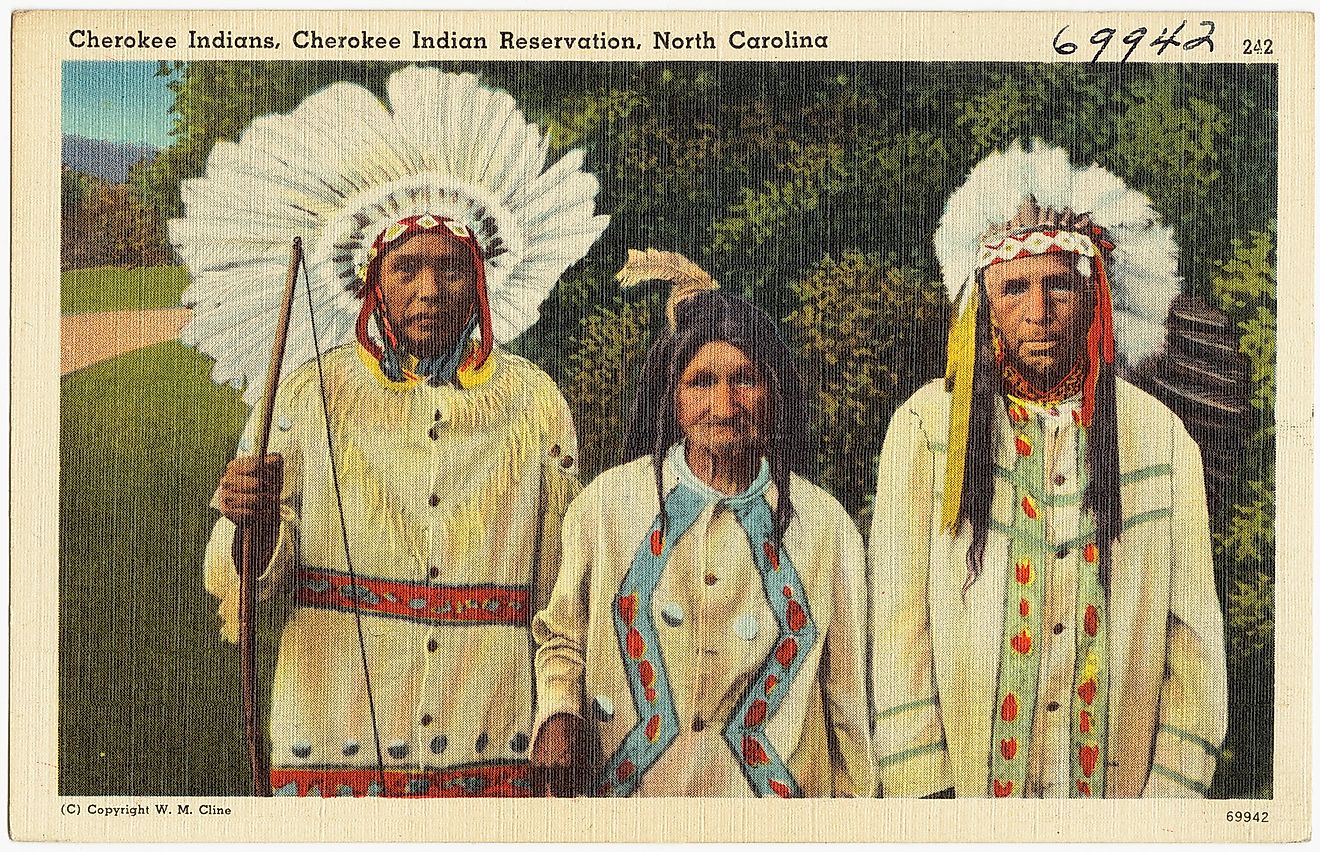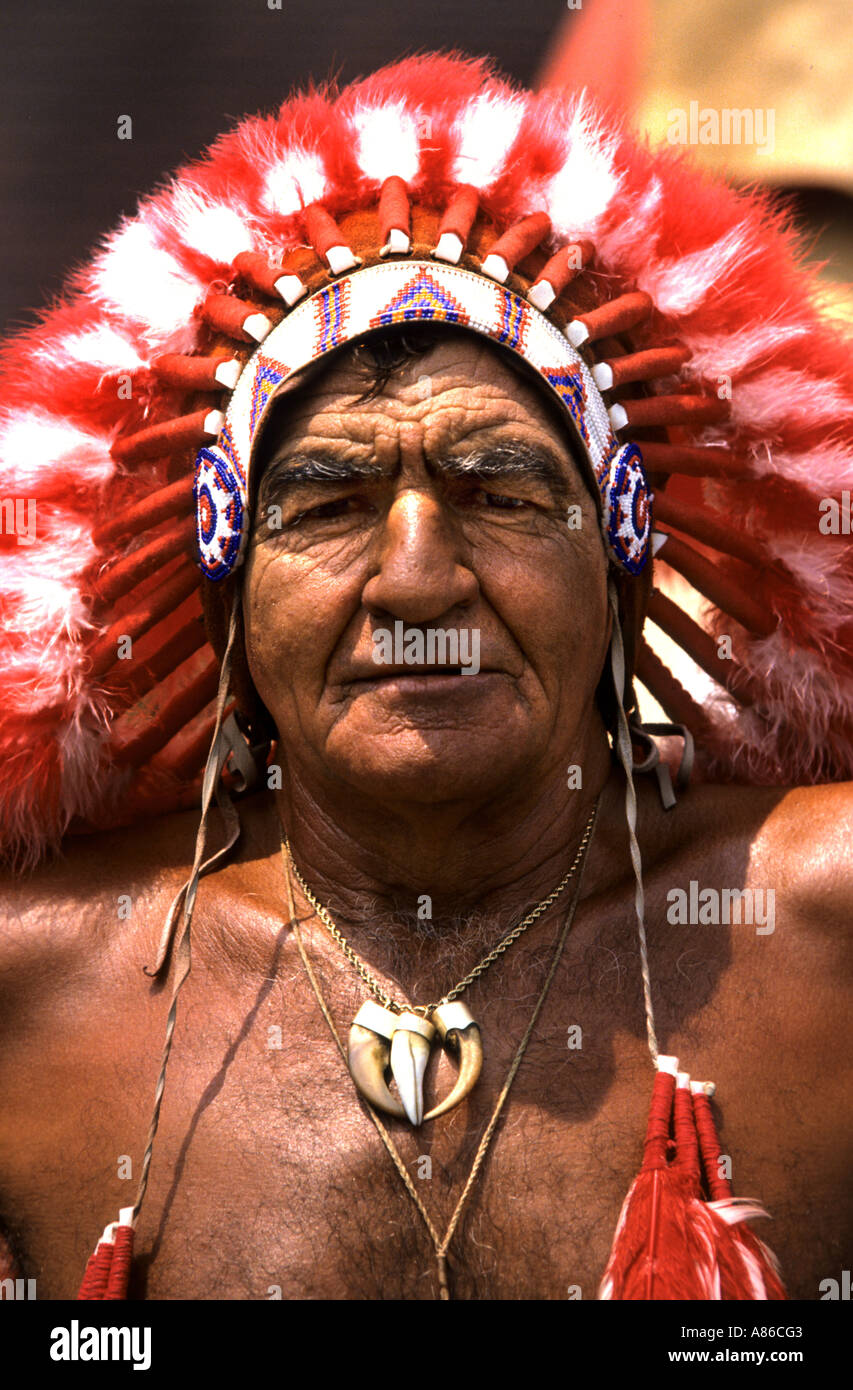From Smoky Mountains to Red Earth: Famous Cherokees Who Found a New Home in Oklahoma
From Smoky Mountains to Red Earth: Famous Cherokees Who Found a New Home in Oklahoma

The Cherokee people, known for their resilience and adaptability, have a rich history that stretches back centuries. Forced westward during the Trail of Tears, they found a new home in the Oklahoma Territory, where they rebuilt their lives and continued to thrive. This journey, filled with hardship and triumph, brought forth individuals who became icons in their own right, leaving their mark on history and culture.
Let’s explore the lives of some of these remarkable Cherokee individuals who, despite facing immense challenges, rose to prominence in their adopted homeland.
Related Articles: From Smoky Mountains to Red Earth: Famous Cherokees Who Found a New Home in Oklahoma
- Unveiling New Mexico's Native American Reservations: Discover Hidden Gems and Indigenous Cultures
- Uncover the Hidden Truths: Explore the Native American Nations of Colorado
- Montana’s Mosaic: Exploring The State’s Native American Reservations
- Uncover the Enchanting World of Indian Reservations in Texas: A Map to Uncharted Territories
- Discover the Enchanting World of Native Indian Reservations in Florida
The Trailblazer: Sequoyah
Sequoyah, born George Guess, stands as a testament to the Cherokee people’s ingenuity and determination. He wasn’t a warrior or a politician, but his impact on Cherokee history is immeasurable. Sequoyah, a blacksmith by trade, was driven by a desire to preserve his people’s language and culture. He saw the threat posed by the encroaching white settlers and their relentless efforts to erase Cherokee traditions. His solution? He invented a syllabary, a unique writing system, for the Cherokee language, a feat that had never been accomplished before.
This wasn’t some overnight success story, though. Sequoyah dedicated years of his life to this project, facing ridicule and skepticism from his own people. But he persevered, driven by a deep-seated love for his heritage. His creation, the Cherokee syllabary, became a cornerstone of Cherokee identity, enabling literacy and the preservation of their language.
It’s hard to overstate the importance of Sequoyah’s contribution. His invention not only empowered the Cherokee people to communicate in writing but also allowed them to document their history, traditions, and laws. His legacy continues to inspire generations of Cherokees, reminding them of their resilience and the power of cultural preservation.
The Advocate: Elias Boudinot
Elias Boudinot, a prominent figure in Cherokee politics and journalism, was born in the Cherokee Nation in Georgia. He embraced the ideals of education and progress, believing that his people could thrive by embracing the ways of the white world while maintaining their own traditions.
He became the editor of the Cherokee Phoenix, the first newspaper published in a Native American language in the United States. This platform allowed him to advocate for Cherokee rights and educate the public about their struggles. Boudinot believed that assimilation was the key to survival in the face of white expansionism. He argued that the Cherokee people should adopt Western education and legal systems while still retaining their cultural identity.
However, his views were not universally accepted. He faced criticism from traditionalists who saw his approach as a betrayal of their heritage. The Trail of Tears, a devastating forced relocation of the Cherokee people from their ancestral lands, further complicated Boudinot’s position. He was assassinated in 1839, a victim of the political turmoil that engulfed the Cherokee Nation during this period.

The Leader: Stand Watie
Stand Watie, a man of exceptional courage and military prowess, emerged as a leader during the turbulent years of the Civil War. He was a staunch advocate for Cherokee sovereignty and saw the war as an opportunity to fight for their independence. He sided with the Confederacy, believing that the South offered a better chance for Cherokee self-determination.
Watie led the Confederate Cherokee forces, demonstrating remarkable military skill and unwavering loyalty to his people. He became the only Native American to attain the rank of Brigadier General in the Confederate Army. His leadership was instrumental in securing the Cherokee Nation’s interests during the war, even as he faced criticism from those who supported the Union cause.
After the war, Watie continued to advocate for Cherokee rights, even as he faced the harsh realities of Reconstruction. He believed that the Cherokee Nation had the right to govern itself, free from federal interference. His efforts helped to ensure the survival of the Cherokee Nation, even as it faced significant challenges.
The Artist: T.C. Cannon
T.C. Cannon, a contemporary artist, was born in Oklahoma and became a powerful voice for the Cherokee people. His art, deeply rooted in his cultural heritage, explored themes of identity, spirituality, and the impact of colonialism on Native American communities.
Cannon’s work was often characterized by its raw honesty and unflinching portrayal of the complexities of Native American life. He used vibrant colors, bold lines, and symbolic imagery to convey his message, challenging stereotypes and promoting understanding of the Cherokee experience.
His work garnered national recognition, earning him a place in the Smithsonian Institution’s National Museum of the American Indian. He became a prominent figure in the Native American art movement, inspiring generations of artists to embrace their heritage and use their art as a platform for social change.
The Educator: Wilma Mankiller
Wilma Mankiller, a Cherokee leader and activist, became the first woman to serve as Principal Chief of the Cherokee Nation. She was a powerful advocate for social justice, economic development, and the preservation of Cherokee culture.

Mankiller’s leadership was marked by her commitment to empowering Cherokee people, particularly women. She spearheaded programs that improved access to education, healthcare, and economic opportunities. She also worked tirelessly to revitalize Cherokee language and culture, ensuring that future generations would have a strong connection to their heritage.
Mankiller’s legacy is one of empowerment and resilience. She showed that women can be powerful leaders and that the Cherokee people, despite their history of hardship, have the strength and determination to build a brighter future.
The Legacy Continues
These are just a few of the many remarkable Cherokee individuals who have left their mark on history. Their stories serve as a powerful reminder of the resilience, adaptability, and cultural richness of the Cherokee people. They faced immense challenges, from forced relocation to the fight for self-determination, but they persevered, building a new life in Oklahoma and leaving a legacy that continues to inspire generations.
Their contributions to art, politics, education, and culture have enriched the lives of countless individuals, both within and beyond the Cherokee Nation. Their stories are a testament to the enduring spirit of the Cherokee people and their unwavering commitment to their heritage.
FAQ: Famous Cherokee Indians who Moved to Oklahoma
Q: Who was Sequoyah and what was his contribution to the Cherokee people?
A: Sequoyah, born George Guess, was a Cherokee blacksmith who invented a syllabary for the Cherokee language. This writing system revolutionized Cherokee communication and helped preserve their culture.
Q: What role did Elias Boudinot play in Cherokee history?
A: Elias Boudinot was a Cherokee advocate and journalist who edited the Cherokee Phoenix, the first newspaper published in a Native American language. He believed in assimilation as a means of survival for the Cherokee people.
Q: Who was Stand Watie and why was he significant?
A: Stand Watie was a Cherokee leader who served as a Brigadier General in the Confederate Army during the Civil War. He fought for Cherokee sovereignty and played a crucial role in securing their interests during the war.
Q: What was T.C. Cannon known for?
A: T.C. Cannon was a contemporary Cherokee artist whose work explored themes of identity, spirituality, and colonialism. He was a powerful voice for the Cherokee people and a prominent figure in the Native American art movement.
Q: What were Wilma Mankiller’s accomplishments?
A: Wilma Mankiller was the first woman to serve as Principal Chief of the Cherokee Nation. She was a leader in social justice, economic development, and the preservation of Cherokee culture.
Q: What is the significance of the Cherokee move to Oklahoma?
A: The forced relocation of the Cherokee people to Oklahoma, known as the Trail of Tears, was a devastating event in their history. However, it also marked the beginning of a new chapter for the Cherokee Nation, as they rebuilt their lives and thrived in their new homeland.
These are just a few of the many remarkable Cherokee individuals who have contributed to the rich history and culture of the Cherokee people. Their stories inspire us to learn from their resilience, celebrate their achievements, and continue to advocate for their rights and well-being.

Closure
Thus, we hope this article has provided valuable insights into From Smoky Mountains to Red Earth: Famous Cherokees Who Found a New Home in Oklahoma. We hope you find this article informative and beneficial. See you in our next article!
.PNG)